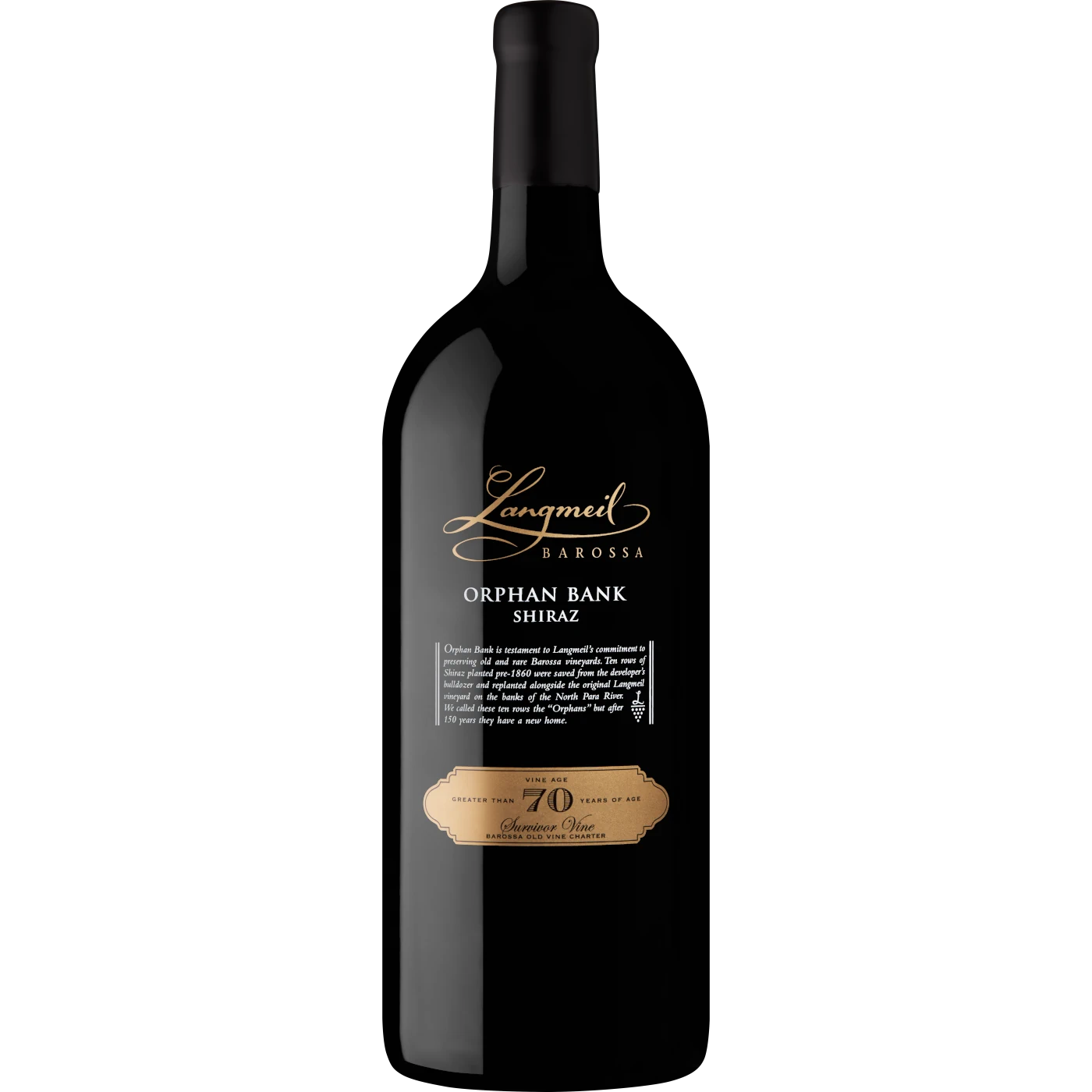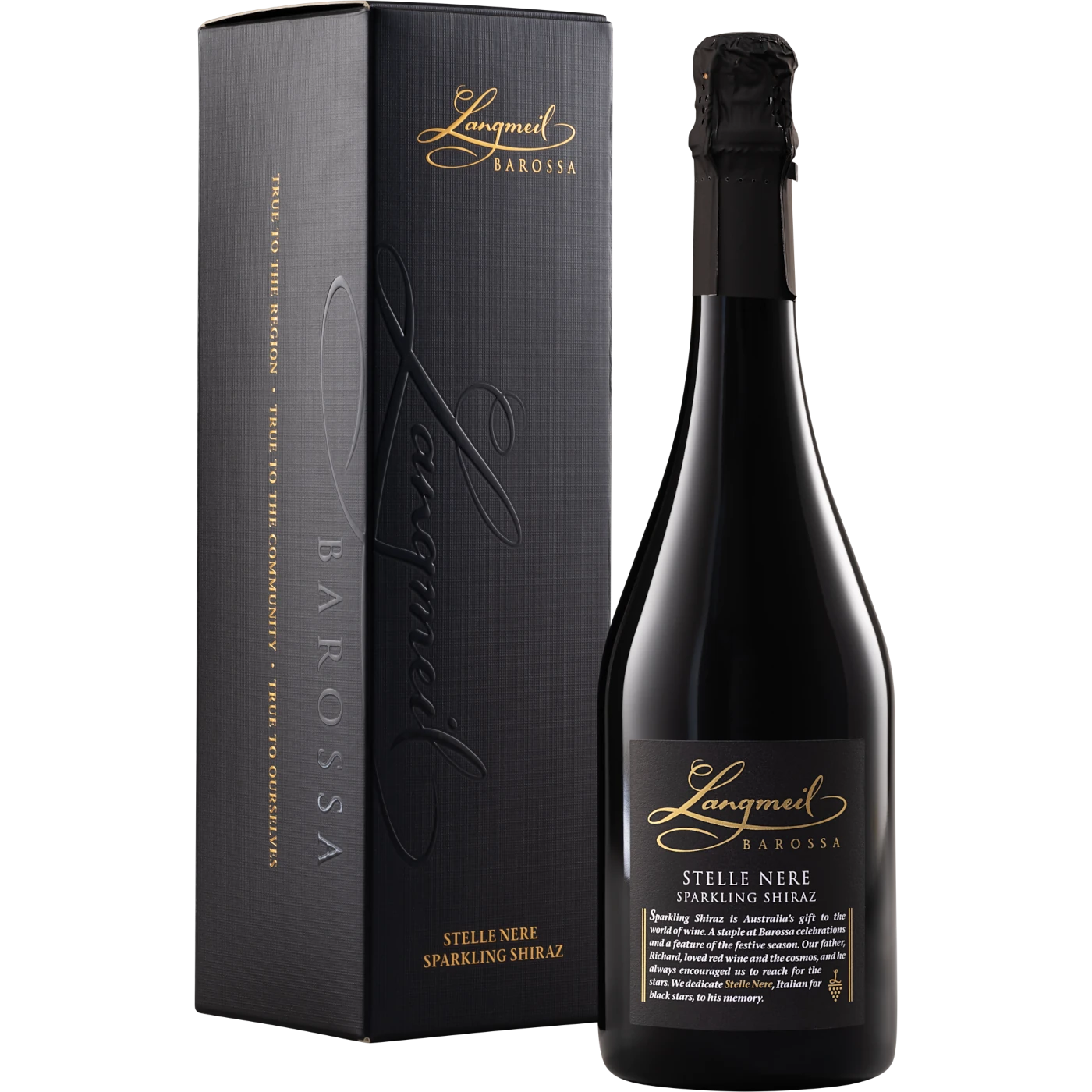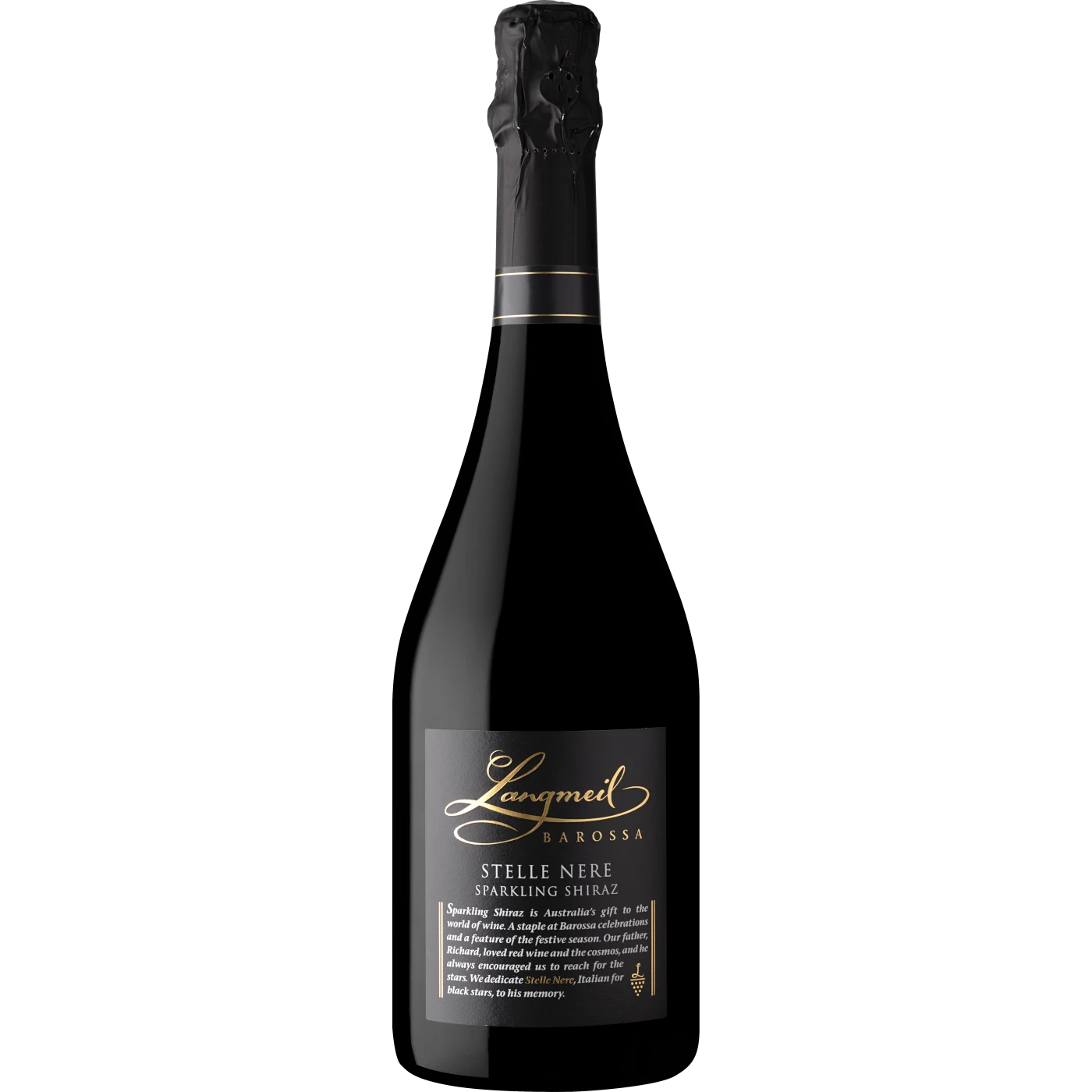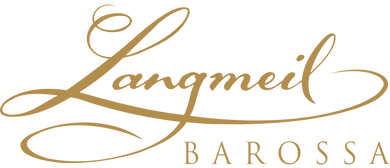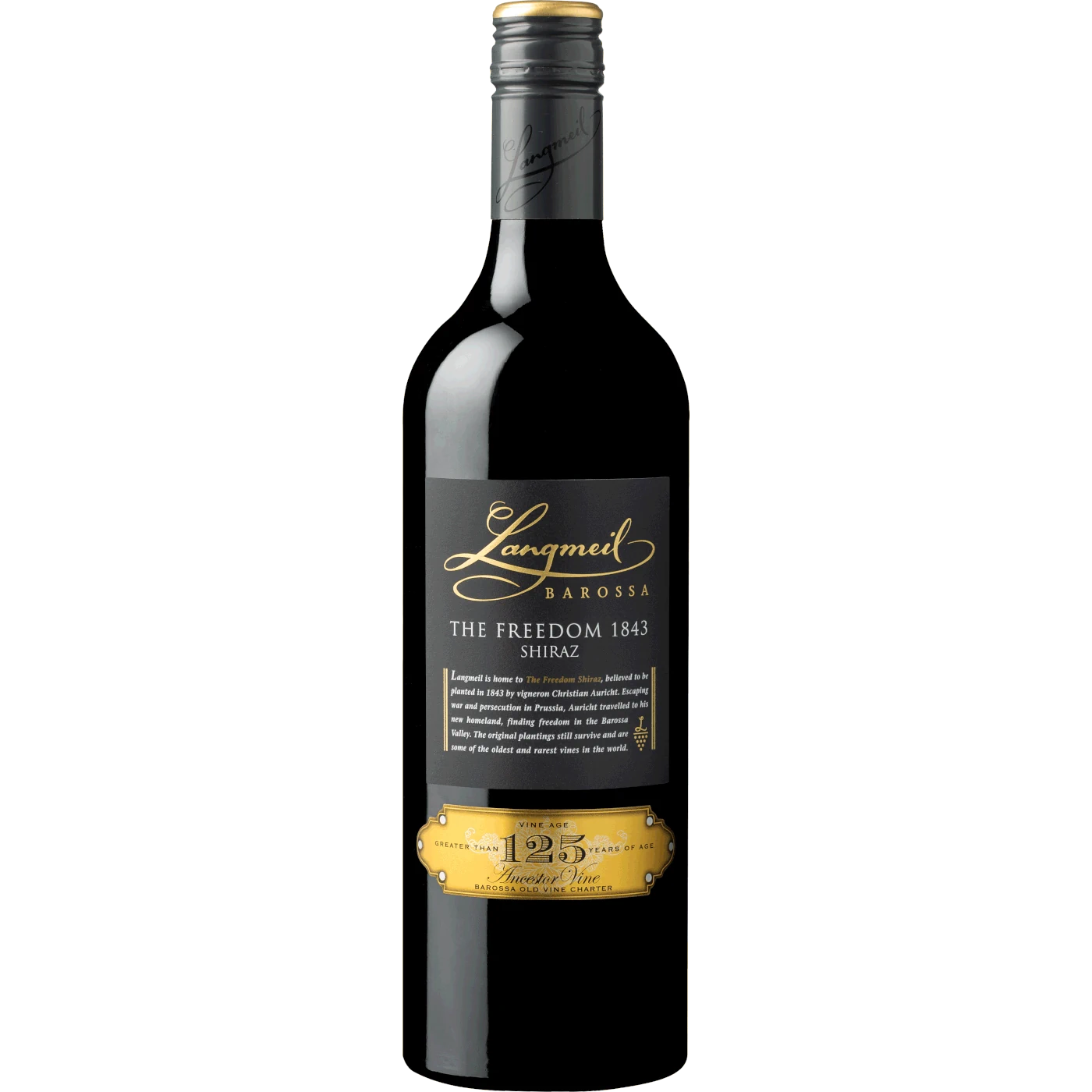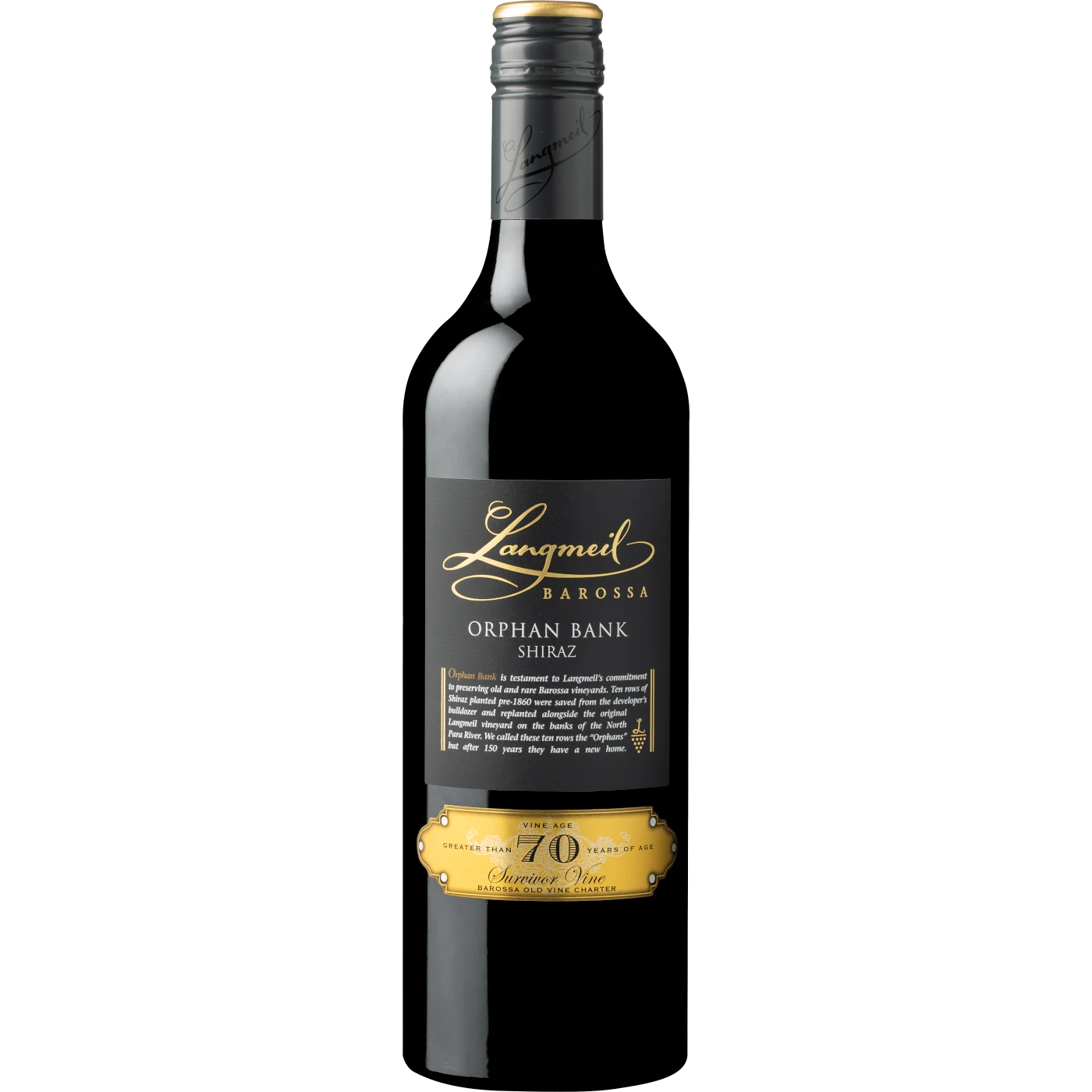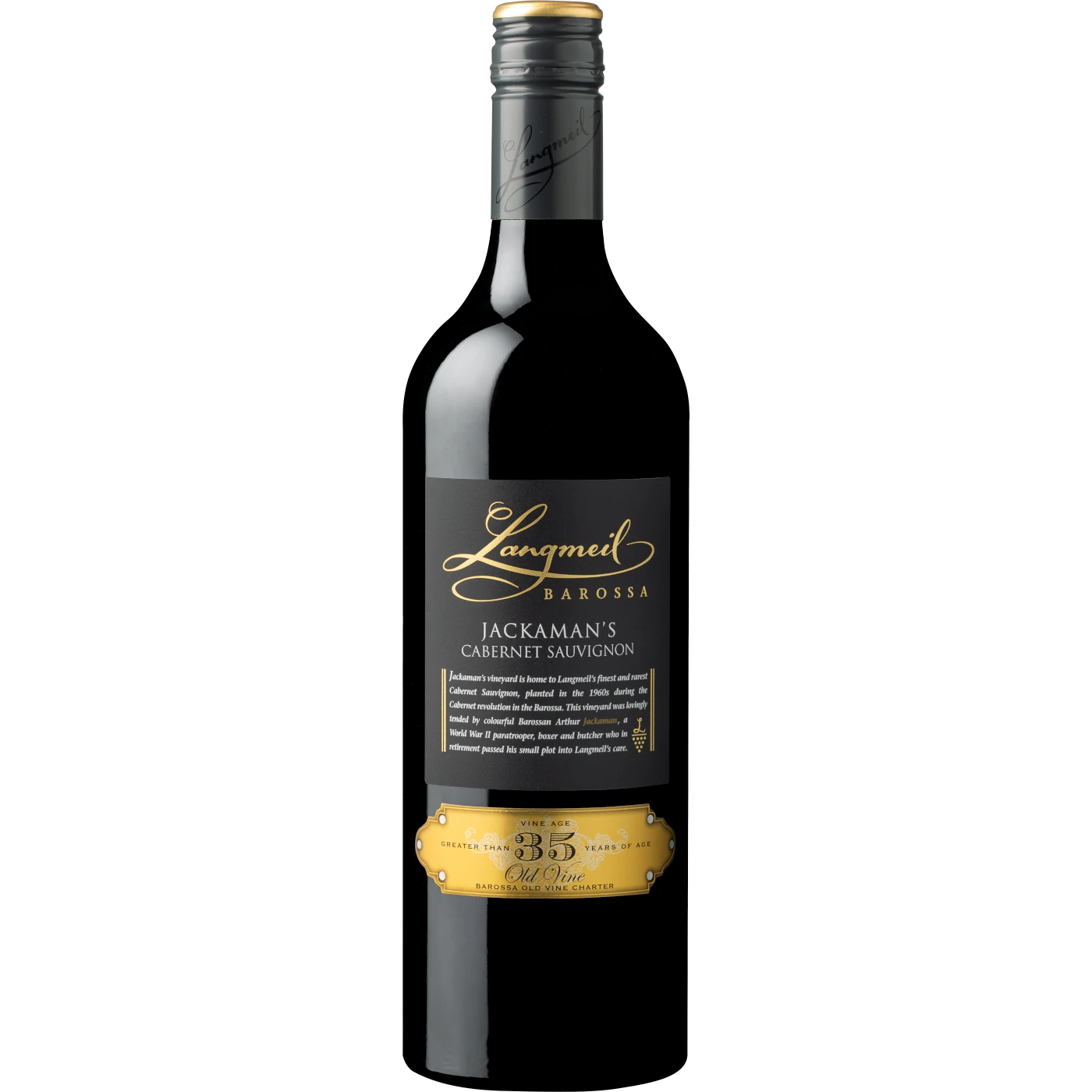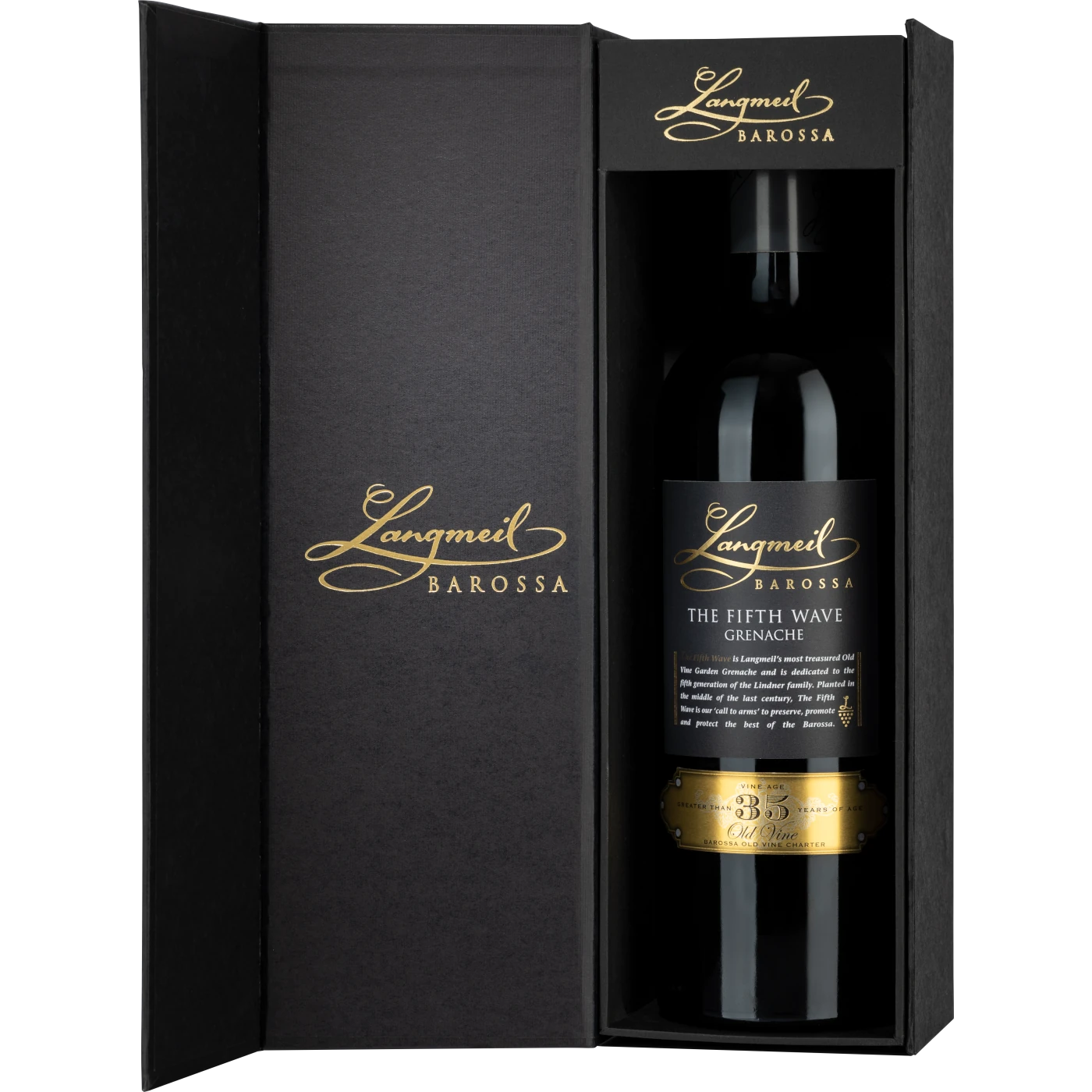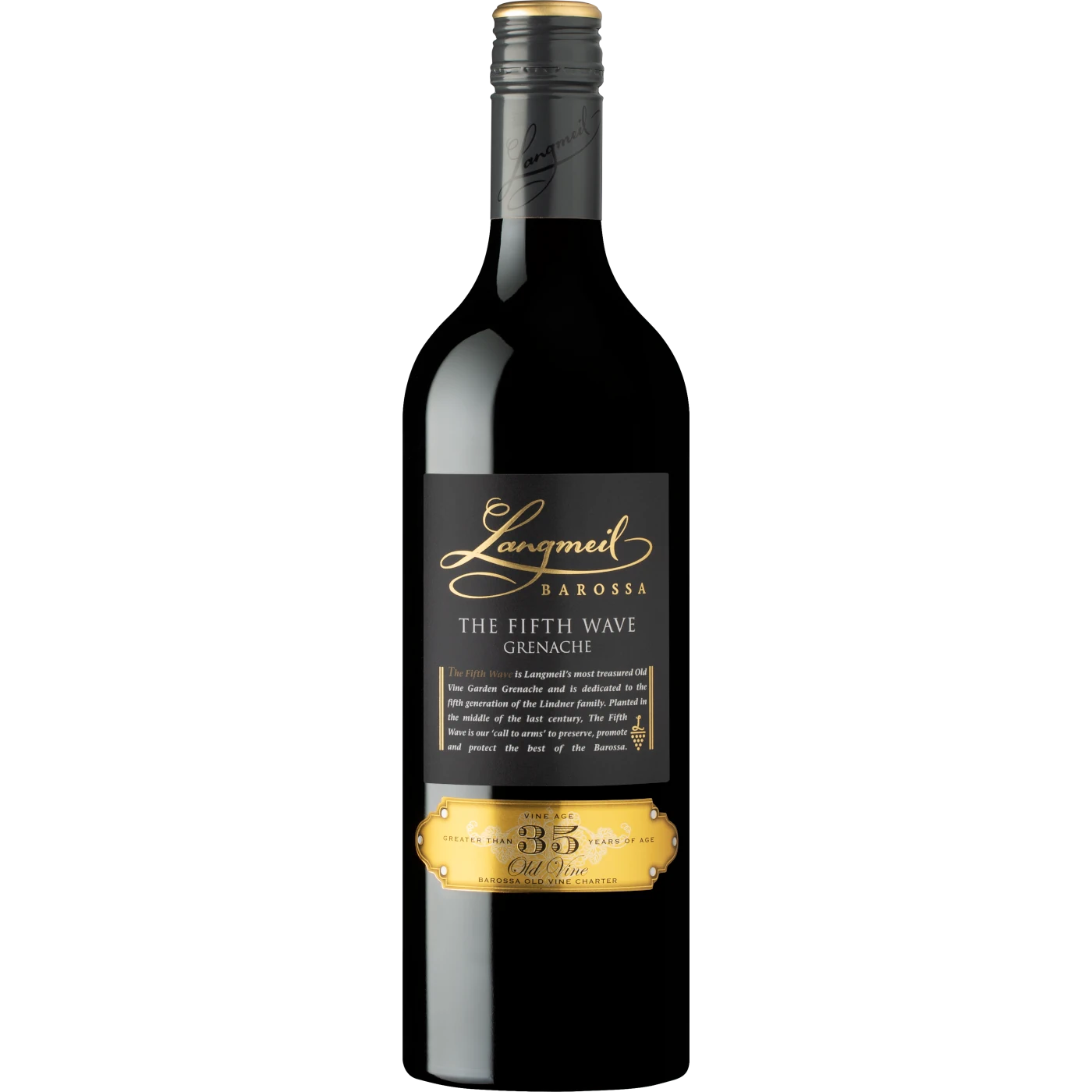
Orphan Bank is testament to Langmeil’s commitment to preserving old and rare Barossa vineyards. Ten rows of Shiraz planted pre-1860 were saved from the developer’s bulldozer and replanted alongside the original Langmeil vineyard on the banks of the North Para River. We called these ten rows the “Orphans”, but after 150 years they have a new home.

Jackaman’s vineyard is home to Langmeil’s finest and rarest Cabernet Sauvignon, planted in the 1960s during the Cabernet revolution in the Barossa. This vineyard was lovingly tended by the colourful Barossan Arthur Jackaman, a World War II paratrooper, boxer and butcher who in retirement passed his small plot into Langmeil’s care.
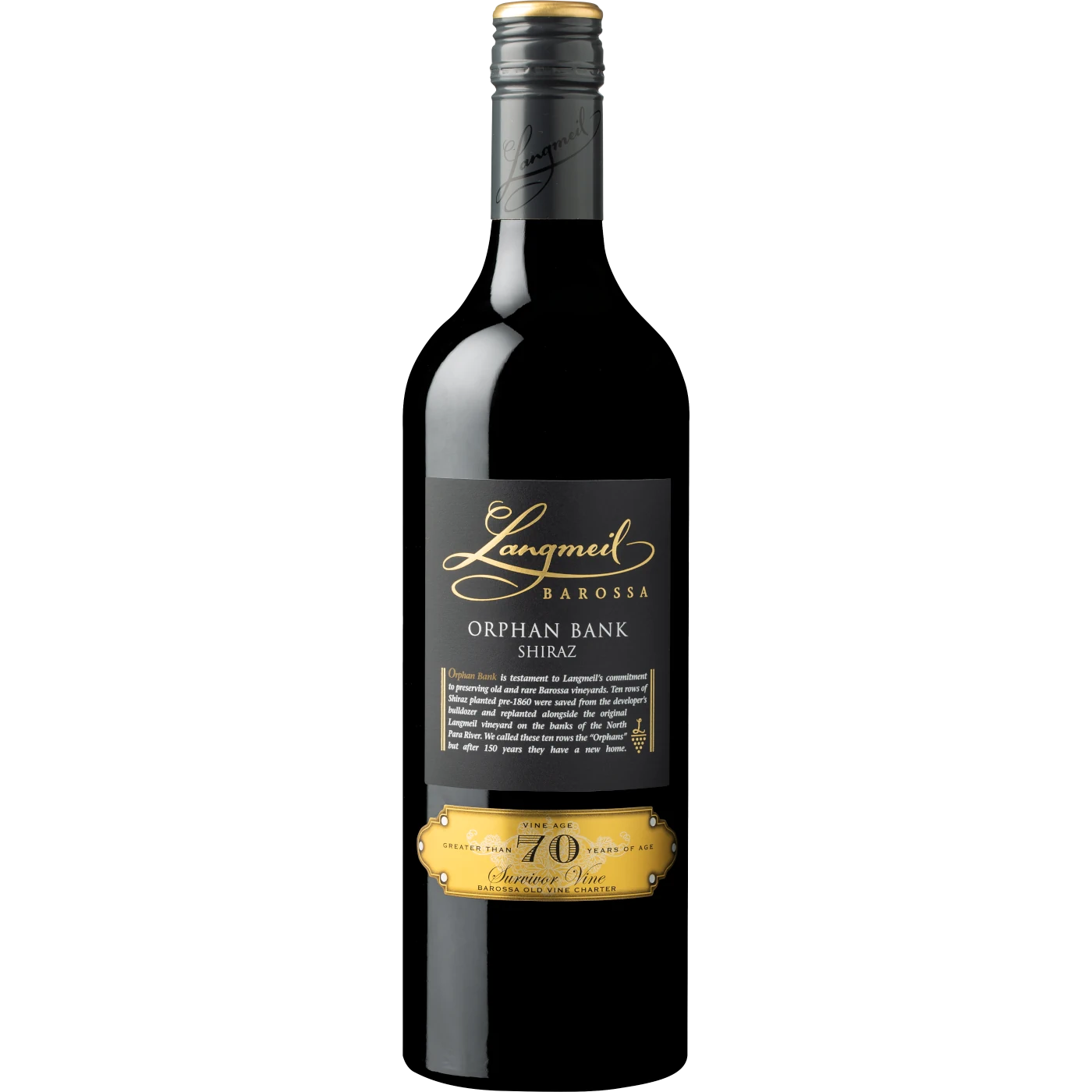
Orphan Bank is testament to Langmeil’s commitment to preserving old and rare Barossa vineyards. Ten rows of Shiraz planted pre-1860 were saved from the developer’s bulldozer and replanted alongside the original Langmeil vineyard on the banks of the North Para River. We called these ten rows the “Orphans”, but after 150 years they have a new home.
